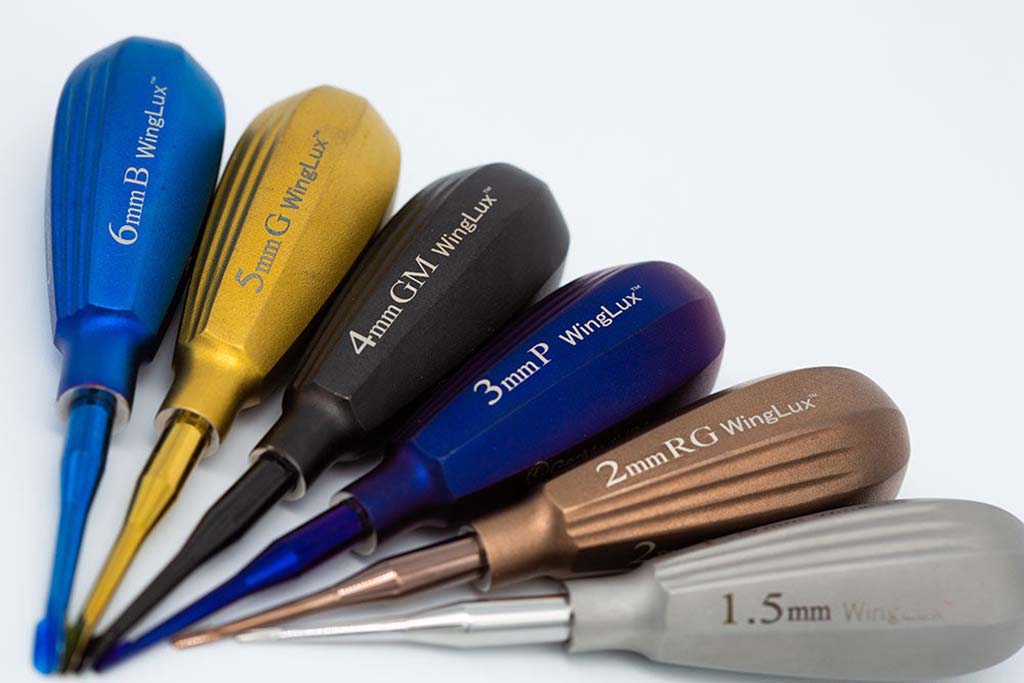

· By Trevor Horne
A Step-By-Step Guide To Fitting Dental Elevators & Luxators
Elevators and luxators are dental instruments that are used in the process of tooth extraction. While they look similar at first glance, they have subtle differences which make them suitable for different circumstances. Elevators have a relatively less sharp edge, are thicker, and feature a curved shoulder. They are suitable for use when extracting more deep-set teeth that require more force to tear the ligaments. Dental luxators on the other hand feature a slimmer build which is ideal for the extraction of teeth located in hard-to-reach areas of the mouth.
Why Fitting Matters
Fitting dental elevators and luxators matters because the process of tooth extraction requires force to be applied to the extraction process. This means that the dentist must be able to grip the handle of the instrument effectively. Not doing this often complicates the process as one is unable to hold the instrument properly.
Proper Fitting
When you are using an elevator or luxator, it is important to have the handle rested in the middle of the palm. You should also be able to touch the tip of the instrument with the index finger of the same hand. The latter is important for two reasons. First, it helps you to significantly increase the force that you are able to apply to the extraction process, making the extraction quick. Secondly, that index finger also allows you to control the movement of the instrument, which in turn results in less damage to the tissue around the tooth. Lastly, the index finger reduces the risk that the instrument will slip during the extraction process and also reduces hand fatigue.
While this may work for a small dental practice with a single dentist who can fit the instrument to his or her hand, practices with multiple dentists face a challenge. it may not be possible to have fitted elevators for everyone. Many dental practices get around this problem by purchasing the smallest dental instruments. This is because regardless of palm size, it is easier for everyone to work with small-handled elevators and luxators rather than big ones. However, if the practice has a dentist who has outsized hands, it makes more sense to get a set of instruments that are unique to such palm dimensions.
Glove Size Matters
Since practitioners using these instruments are likely to be wearing gloves, it is important to consider their glove sizes. While many people use glove size to determine the size of the shank, it is not always an accurate approach to go about fitting elevators and luxators. This is because similar-sized gloves tend to have different finger lengths. When purchasing these instruments, you should include this factor as well in order to ensure that the instruments can be used effectively.
Winged or Non-winged
Elevators can either be winged or non-winged. Winged elevators have a curved cusp which enhances the grip on the tooth during extraction. The choice on whether to use winged elevators or not often comes down to personal tastes. However, the cusp extends the length of the instrument which in turn changes the fitting.
